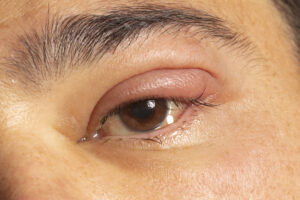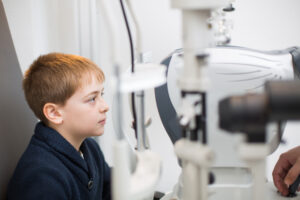Progressive vs Bifocal: Which is Right For You?
Presbyopia is a condition commonly experienced with age that has a name few would recognise (despite its widespread prevalence). Presbyopia is the result of the lens of the eye becoming less flexible with age.
This loss of adaptability eventually causes the eye to have trouble focusing on objects at varying distances, leading to blurriness and a general inability to see. This is the main reason why so many individuals nowadays wear progressive or bifocal lenses.
Bifocal and progressive lenses are often confused. If you just learned you have presbyopia or nearsightedness, we’ll explain. You may have heard of bifocal glasses because they’re well-known, but when lens technology revolutionised for easier eyesight, progressive (no-line) lenses gained their moniker.
What are the differences between Bifocal and Progressive Lens?
Bifocal Lens
Bifocal lenses have two separate lens powers.This is done to ensure that the person wearing it has good vision both up close and at a distance. Bifocals are able to be combined with transition lenses, sunglasses, and blue blocking coatings.
Progressive Lens
In their most basic form, progressive lenses can be thought of as “no line bifocals.” Instead of having a clearly defined transition between focus distances, the lens power transitions gradually. This provides the wearer the ability to see clearly at any distance. Since there are no lens lines, no one will be able to tell whether you are wearing a progressive lens or a single vision lens. When being fitted for progressive or bifocal lenses, accurate measurements when ordering the glasses are important, as is the frame. Check out our frame selection here.
Bifocal Lens Vs Progressive Lens
There are three key distinctions to keep in mind when comparing bifocals to progressive lenses:
- Progressive lenses correct vision for all distances, but bifocals can only correct vision for two separate fields of vision at a time.
- Progressive lenses have no visible lines and allow seamless lens transitions, which is a selling factor for many people. Bifocals have a line between the fields of vision.
- Progressive lenses are significantly pricier than standard bifocals, since they seamlessly combine two prescriptions (reading and distance) and offer an intermediary space in between. There is a lot of variation in both design and price of progressive lenses, however.
Not sure whether bifocal or progressive lenses will work best for you? Book an eye exam with us for a consultation!








